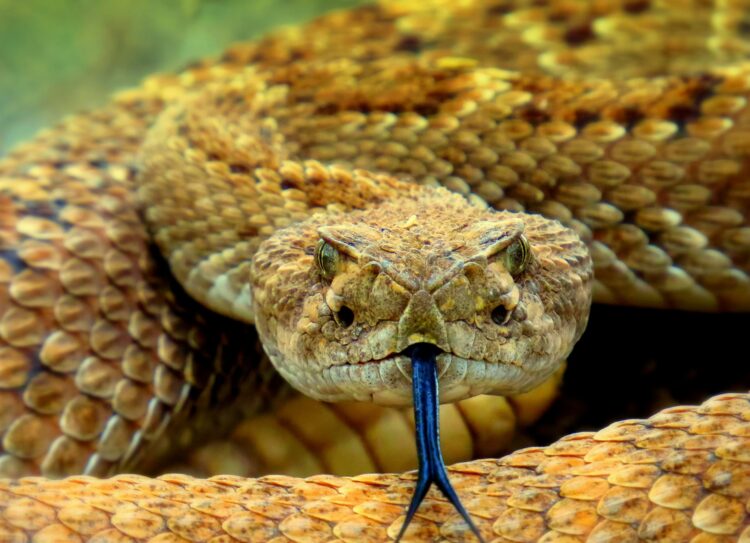
Curious about the differences between rattlesnakes and cottonmouths? These two venomous snakes share some similarities but have distinct traits that set them apart. From unique habitat preferences to different defensive behaviors, here are 15 essential differences and facts you should know to identify and understand these fascinating reptiles.
How They Look at the End: The Tail Tale
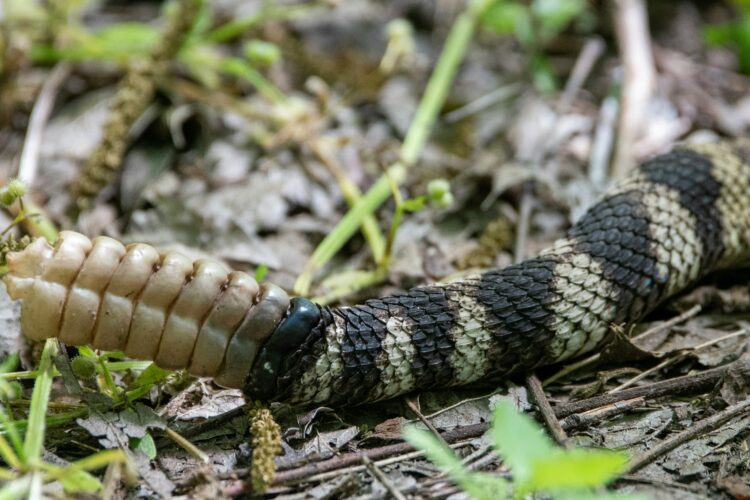
If you ever find yourself trying to tell a rattlesnake and a cottonmouth apart, check out their tails. Rattlesnakes have that iconic rattle at the end. It is like a little warning bell made of segments that clack together when agitated. Cottonmouths? No rattle for them. Their tails just taper off to a point, and younger ones might have darker tails, like a wet paintbrush.
Venom Differences
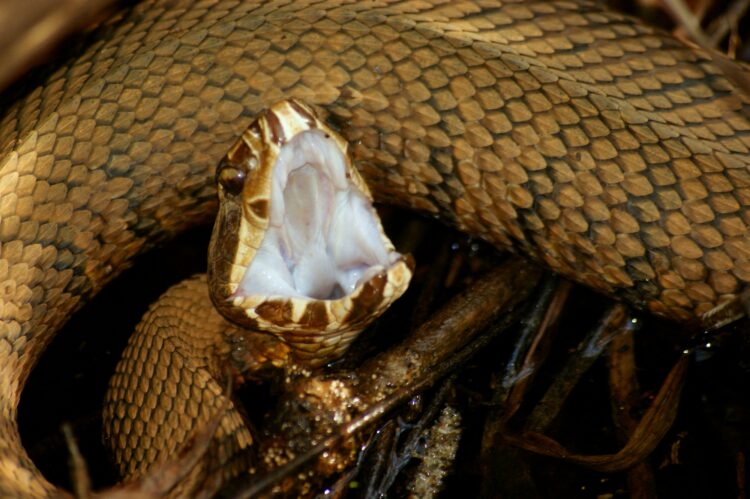
Both snakes can pack a punch with their venom, but it is not the same recipe. Rattlesnakes have a venom that really messes with your blood and tissues; it is pretty nasty and can cause a lot of damage around the bite area. Cottonmouths have something similar, but it is generally a bit less potent.
Where They Live
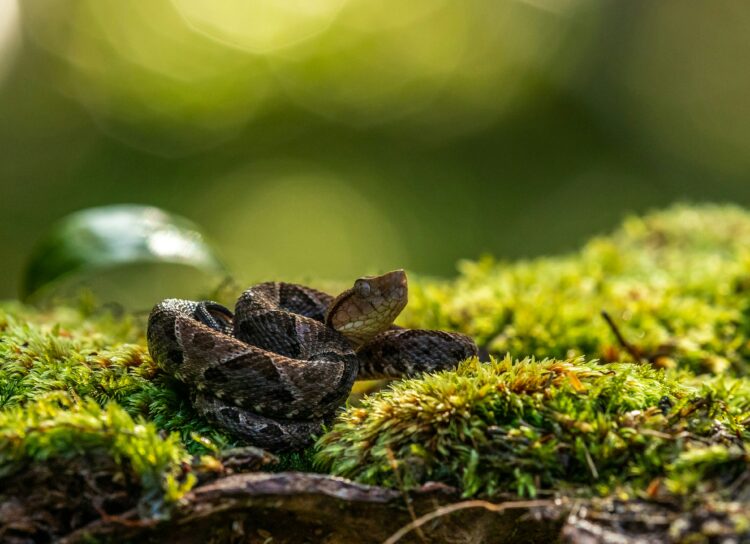
These snakes do not hang out in the same spots. Rattlesnakes are the more adventurous type, spreading out across a bunch of different landscapes. They are cool with dry deserts or lush forests. Cottonmouths are more about waterfront life. You will find them around lakes, streams, or marshes.
Personality Check: How They Act

When it comes to personality, rattlesnakes are kind of shy. If they can, they will slink away from trouble or shake their rattle to warn you off without getting too confrontational. Cottonmouths are a bit bolder. Threaten them, and they might just show you their open mouth, flashing a white interior. Like they are saying, “Look, I mean business!”
Their Colors and Patterns
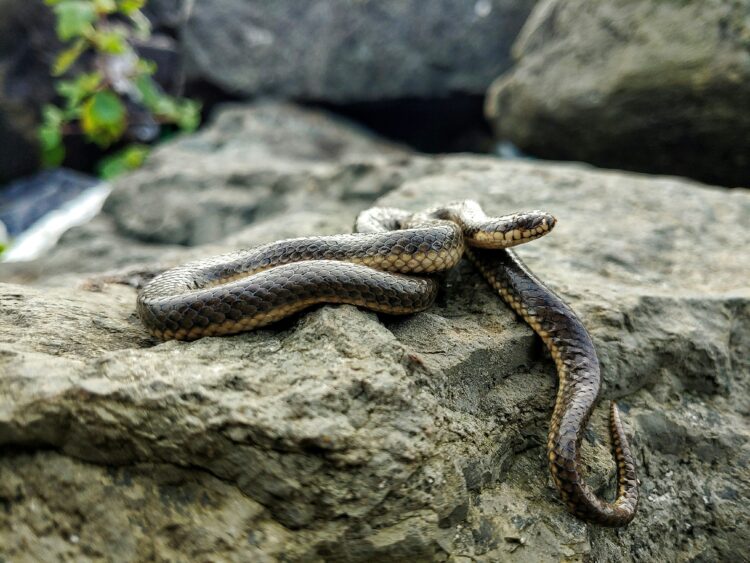
Rattlesnakes come in various colors to match their local scenery, grays, browns, reds, you name it, with patterns like bands or diamonds to help them stay hidden. Cottonmouths are generally darker, like brown or black, and younger ones have bands. They are chunkier, too, giving them a heftier look compared to the sleeker rattlesnake.
Birth Styles: Live Young vs. Eggs

Rattlesnakes are ovoviviparous, which means they carry eggs inside them that hatch internally, so they give birth to live young. It is kind of like a mix between laying eggs and having babies. Cottonmouths do the same! Both snakes skip the part where they lay eggs outside; instead, they have live births, which is pretty rare among reptiles.
What They Eat

Rattlesnakes often hunt small mammals like mice, rats, and squirrels. They use their incredible sense of smell and heat-sensing pits to track prey. Cottonmouths are a bit more eclectic. They will eat almost anything they can catch, including fish, amphibians, smaller snakes, small mammals, and even birds.
Defense Moves: When Threatened
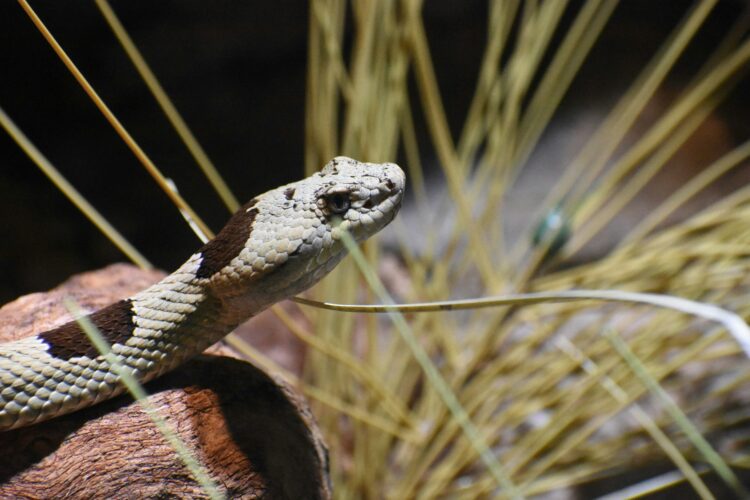
Rattlesnakes use their rattle as a first line of defense, a warning. If that does not work, they will strike. Cottonmouths sometimes do this dramatic thing by opening their mouths wide to show off the white inside as a warning. If that does not deter the threat, they, too, can strike.
Social Behavior: Solitary or Social?

Rattlesnakes can be surprisingly social, especially compared to other snakes. They might gather in groups to hibernate together, and sometimes, several will use the same sunning spots. Cottonmouths are more solitary. While you might find a few hanging out in a good spot near the water, they do not really interact much or form groups like rattlesnakes do.
How They Move
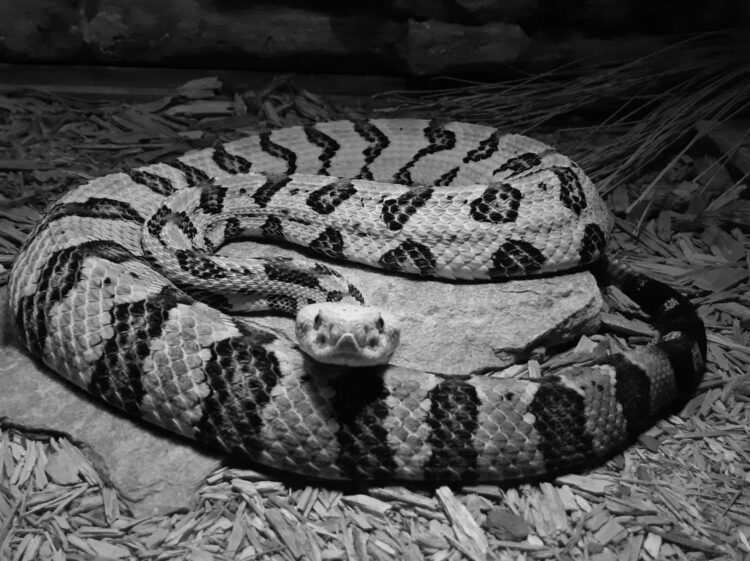
The way they move can also clue you in. Rattlesnakes, especially the species that live in sandy deserts, have a distinctive sidewinder motion. It is a fascinating, almost wave-like movement that helps them move across loose sand quickly and efficiently. Cottonmouths move in a more direct, less flashy manner. They can swim smoothly and silently, slicing through water with ease.
Water vs Dry Land
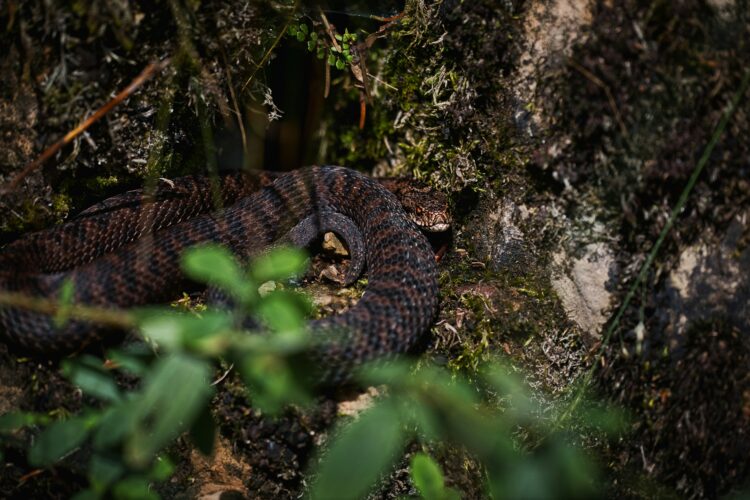
Cottonmouths are not just comfortable around water; they are semi-aquatic. They thrive in it, hunting and even basking on the banks. Rattlesnakes, though they can swim if needed, generally stick to dry land and prefer to avoid water unless it is a means of escape or reaching other hunting grounds.
Heat Sensitivity
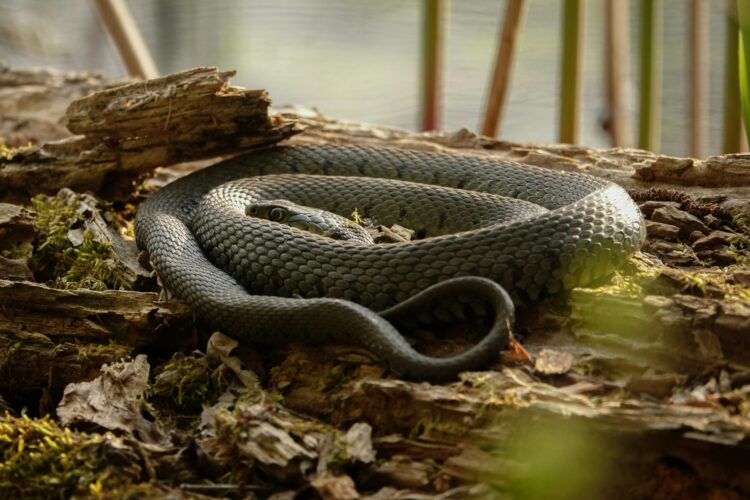
Both snakes have heat-sensing pits located between their eyes and nostrils, which allow them to detect warm-blooded prey even in total darkness. However, rattlesnakes are particularly noted for their highly sensitive pits, which can detect a change in temperature as slight as a fraction of a degree. This adaptation is crucial for hunting in cooler desert nights where visibility is low.
Size Matters: Length and Weight
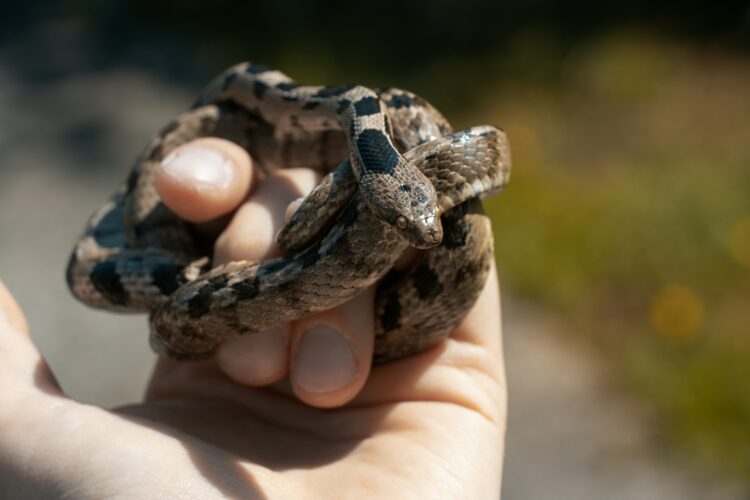
Generally, rattlesnakes and cottonmouths can vary significantly in size, but rattlesnakes can grow larger than cottonmouths. Rattlesnakes have been recorded to grow up to 8 feet! Cottonmouths, on the other hand, max out around 4 feet. So, if you see a very large snake, it is more likely to be a rattlesnake.
Seasonal Activity
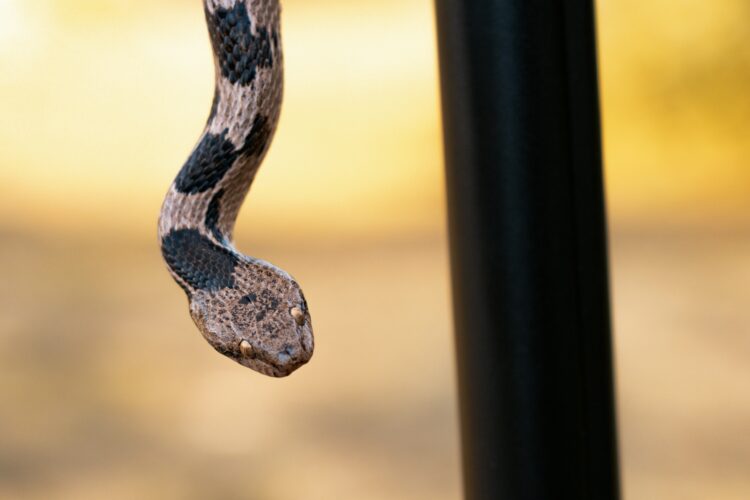
Rattlesnakes are more likely to be active during the warmer months and during daylight hours, adjusting their active periods to the cooler times of the day as temperatures rise. Cottonmouths are less affected by the cooler seasons and are known to be active even during cooler temperatures.
Aggressiveness
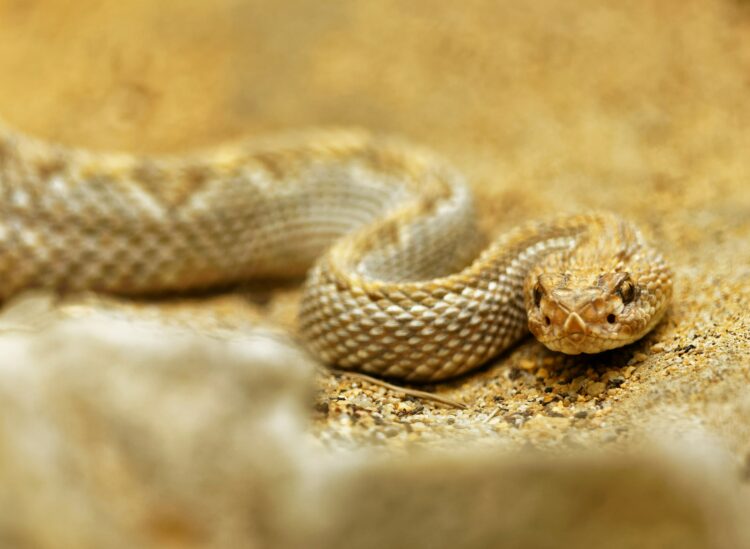
There is a common myth that cottonmouths are extremely aggressive, but in reality, they are defensive rather than truly aggressive. They often resort to their threat displays rather than biting. Rattlesnakes, though also not inherently aggressive toward humans, will defend themselves vigorously if provoked or threatened, and they rely heavily on their camouflage and rattle to warn off potential threats.

Comments
Loading…